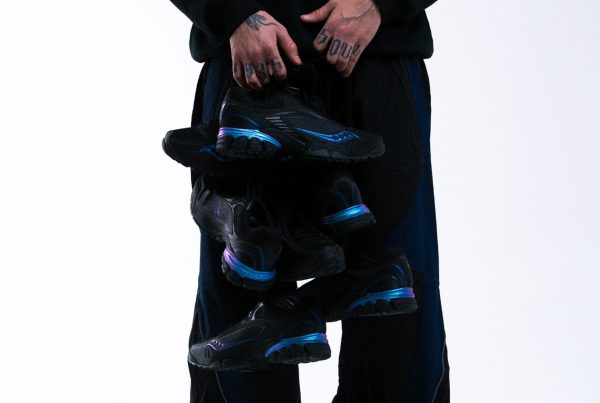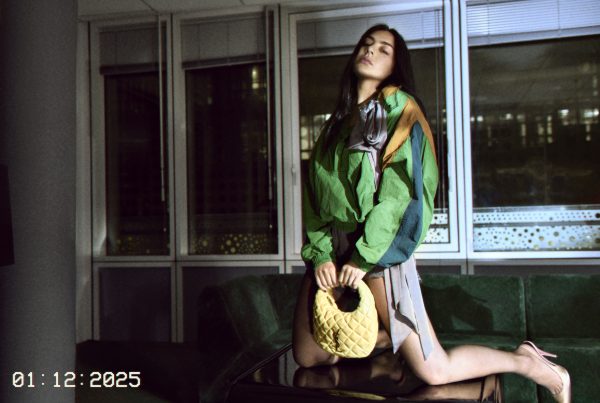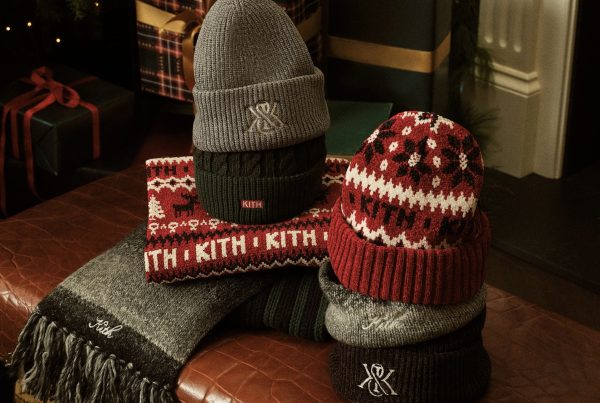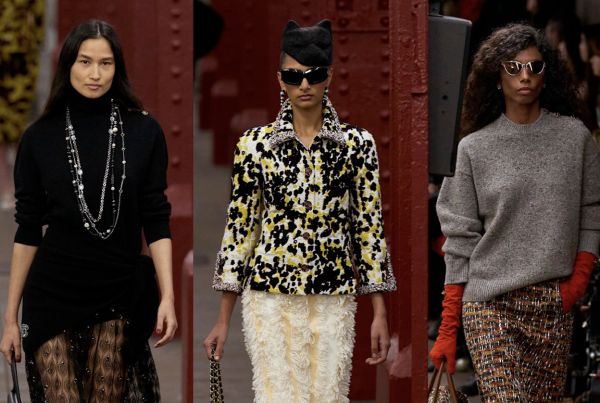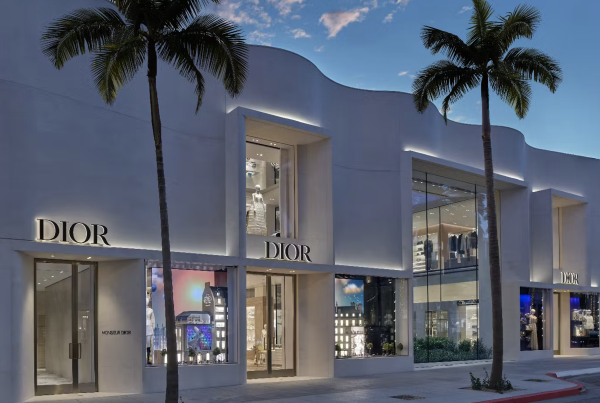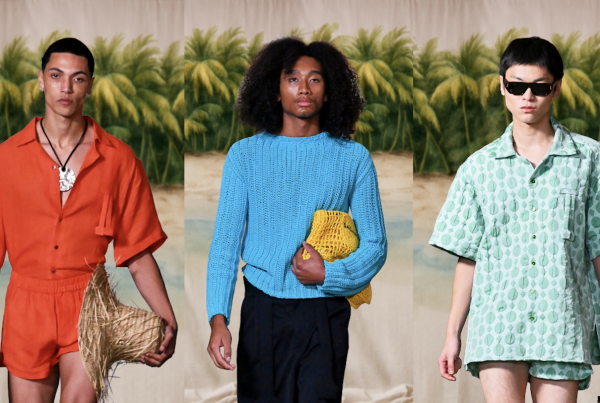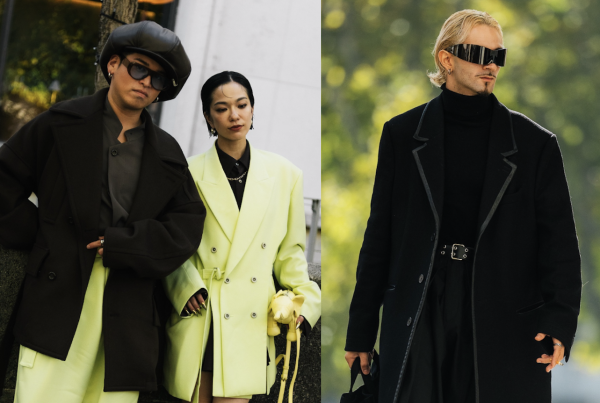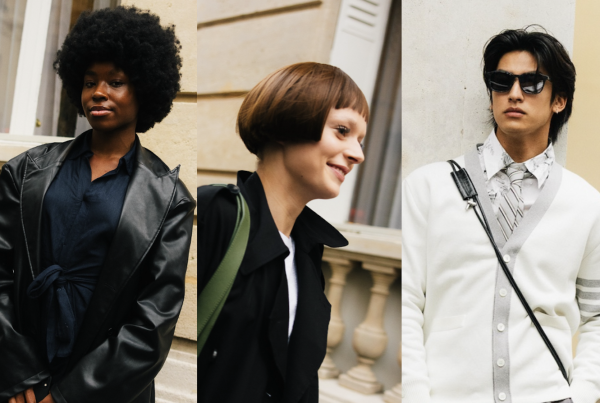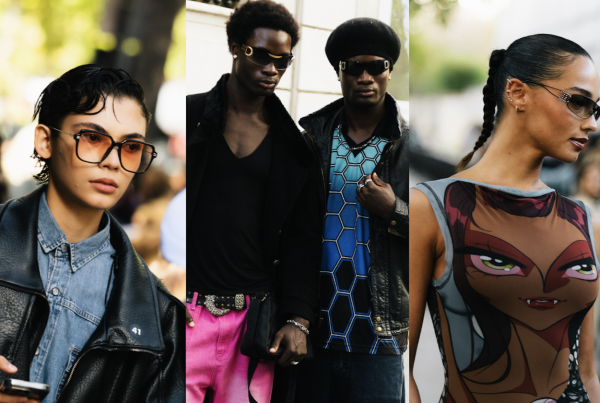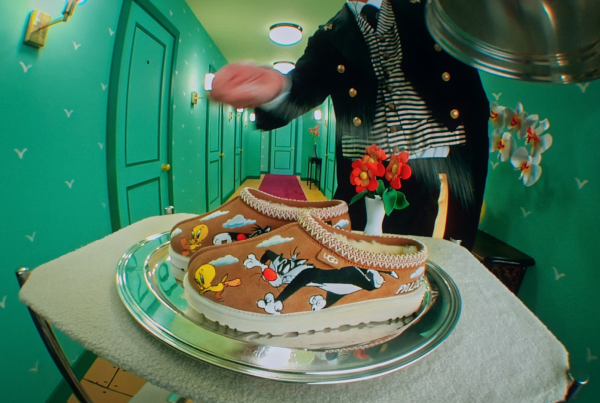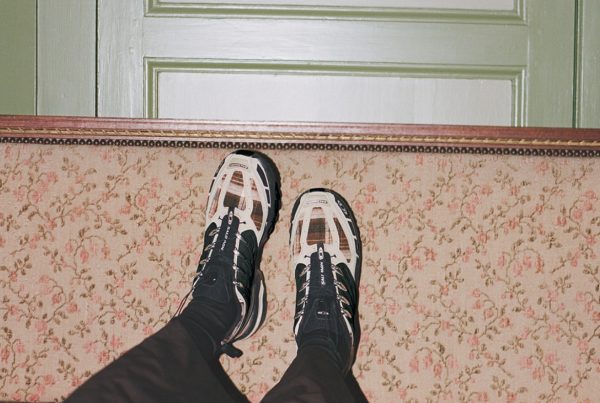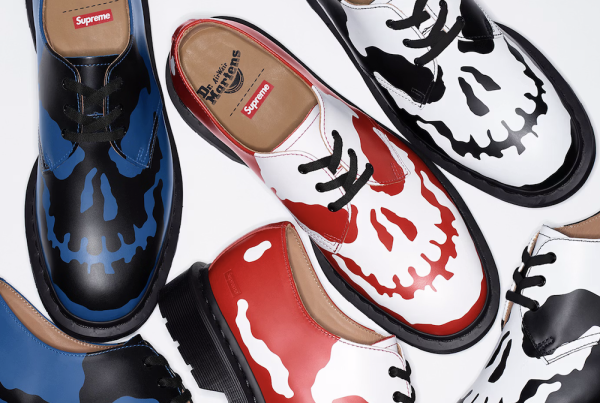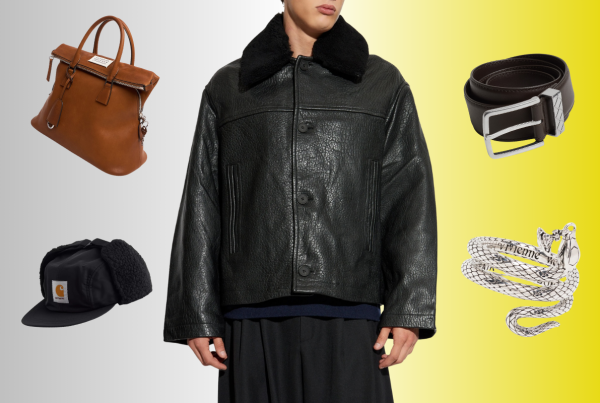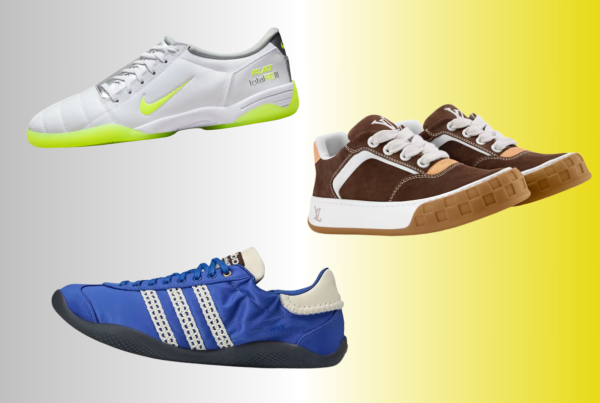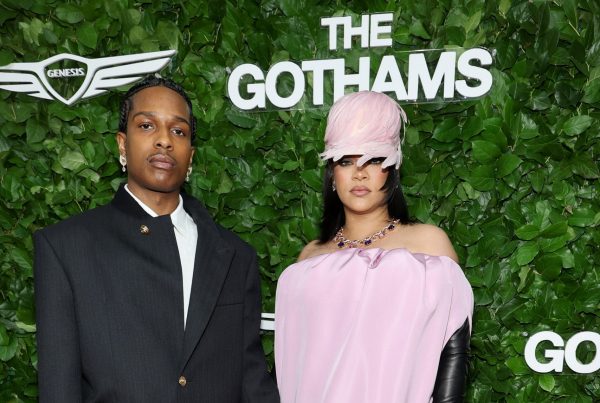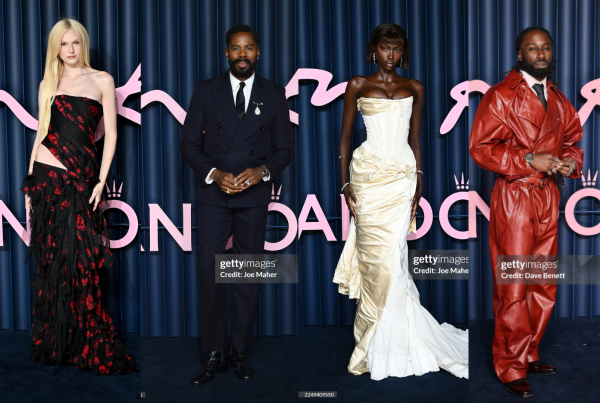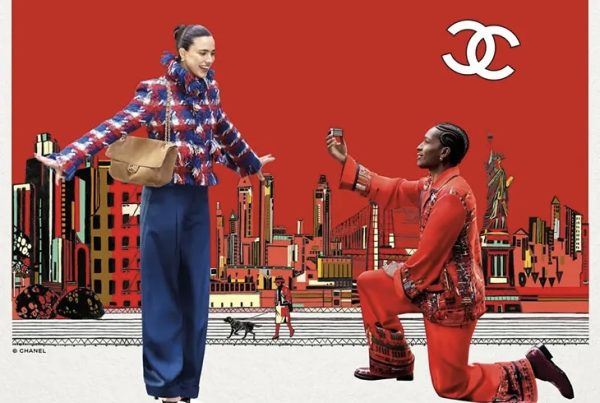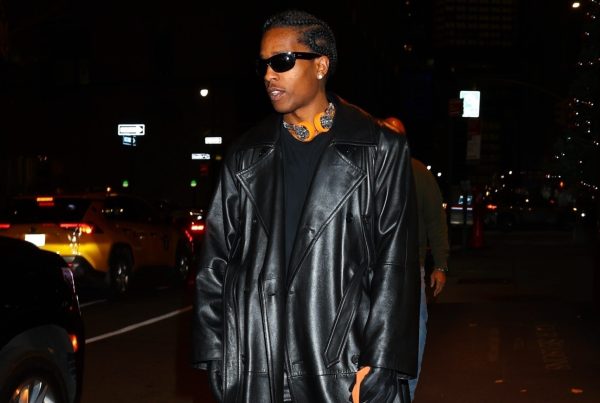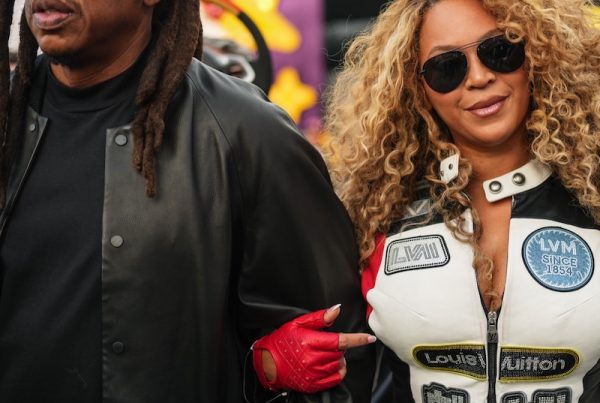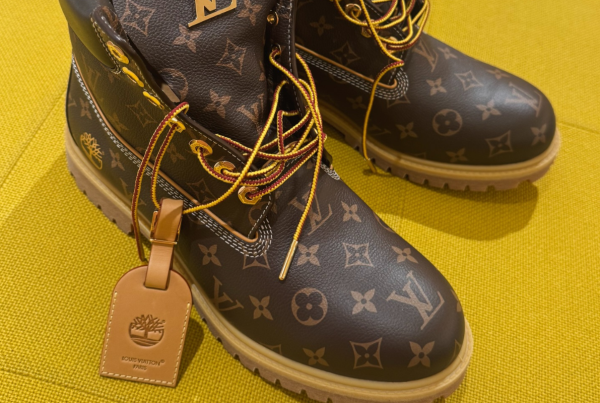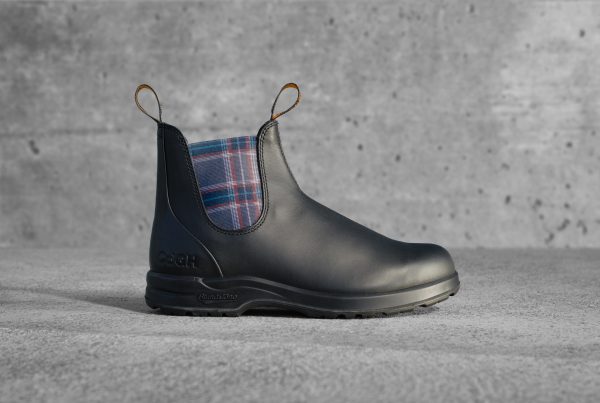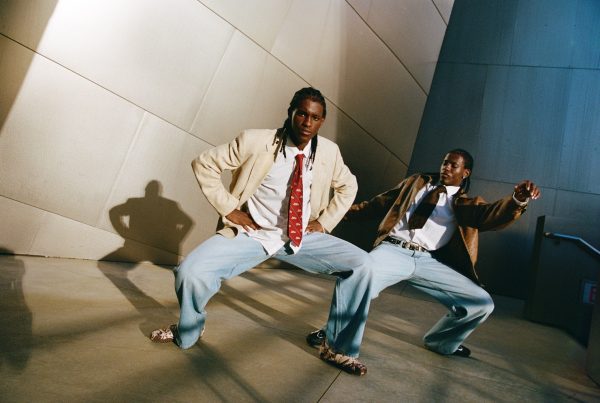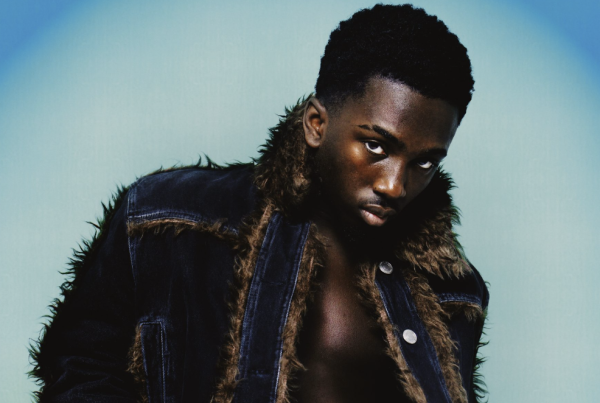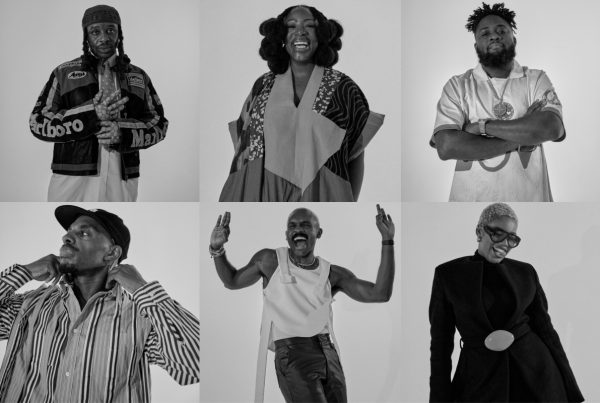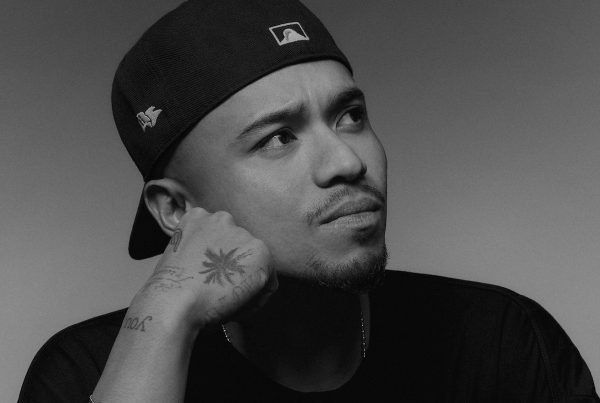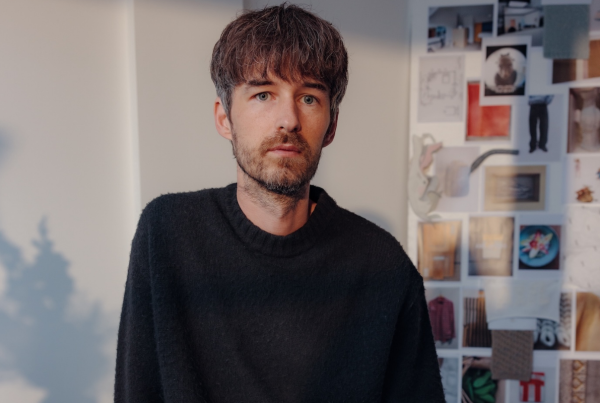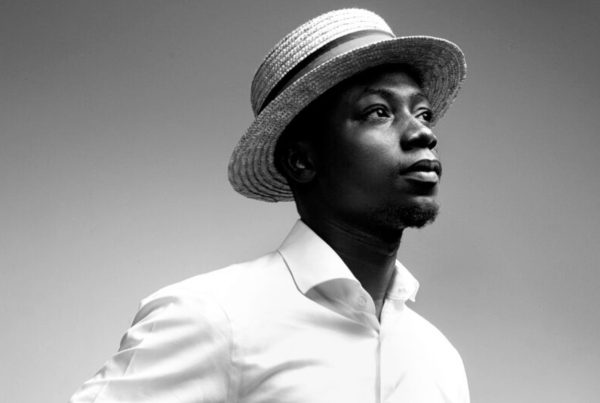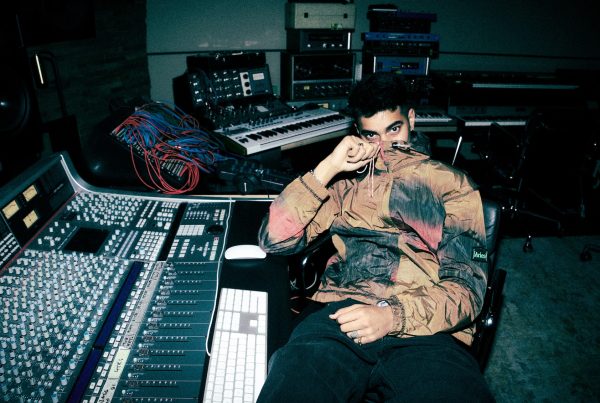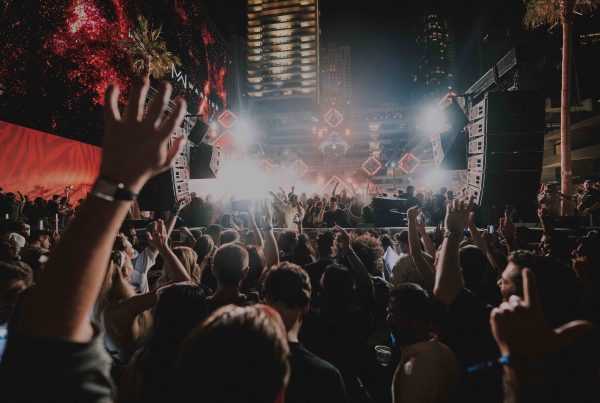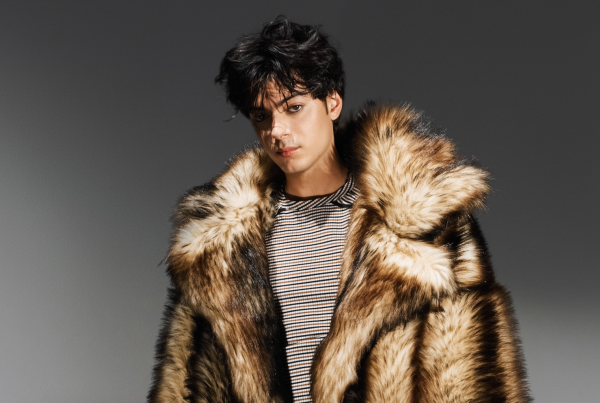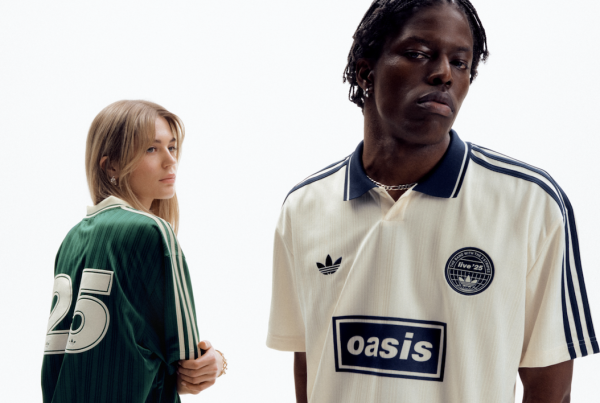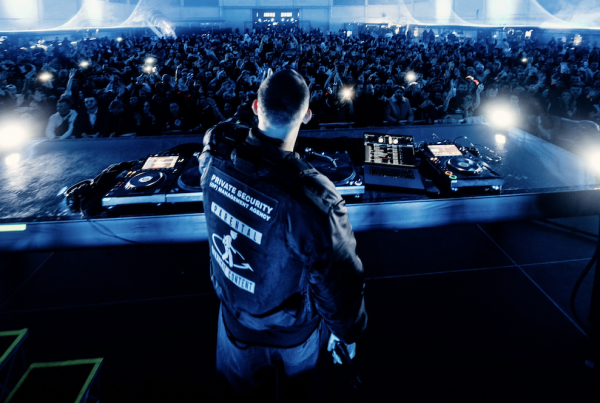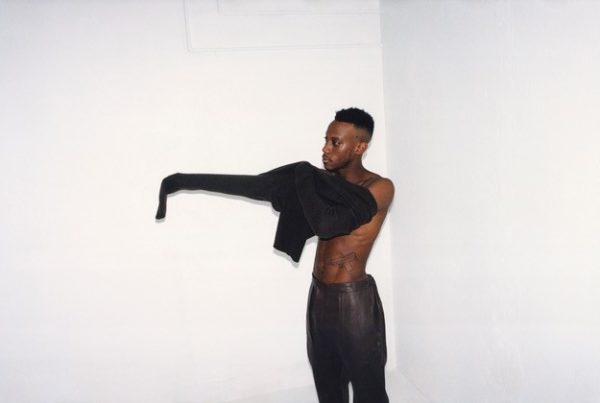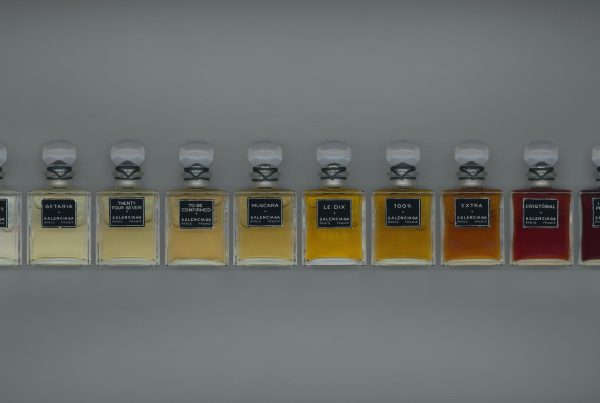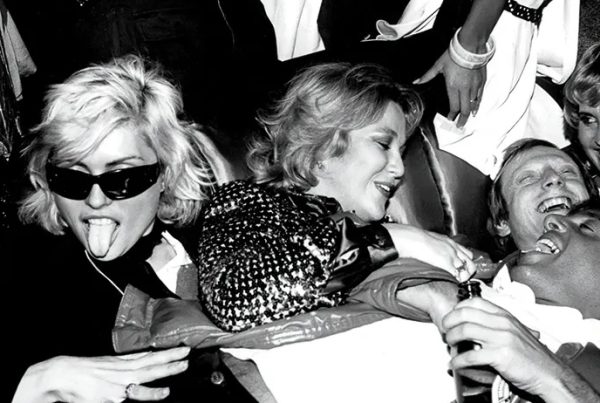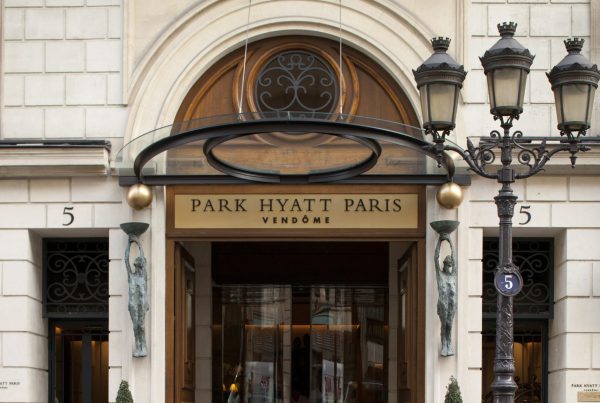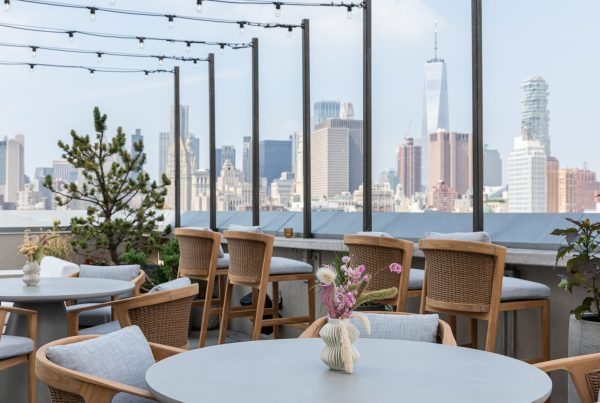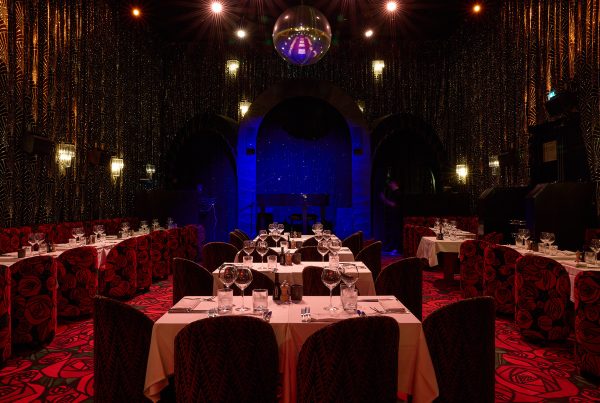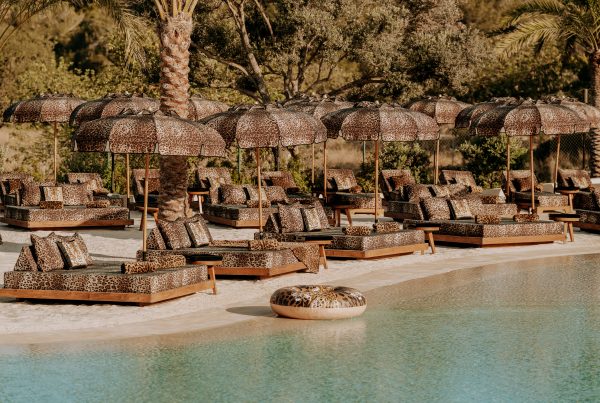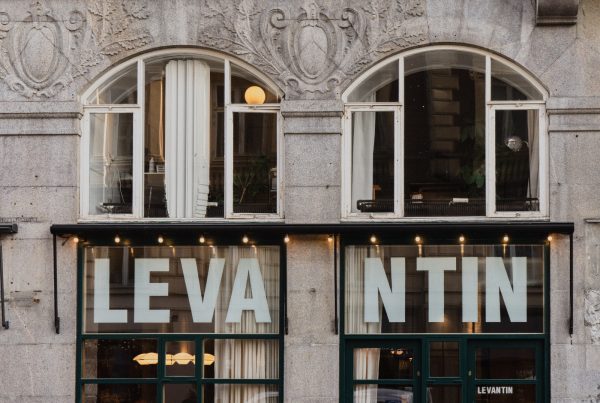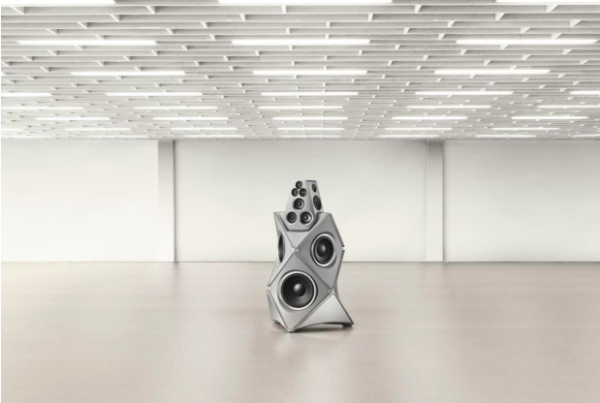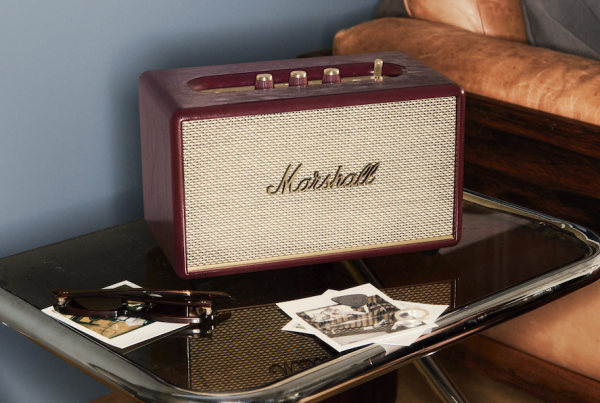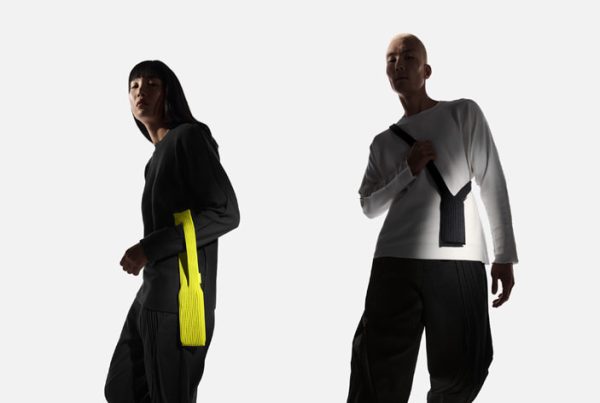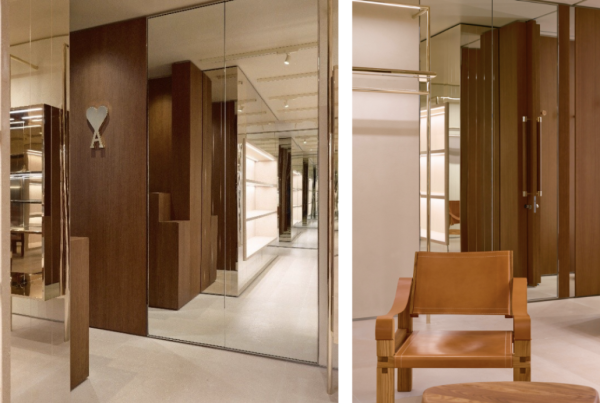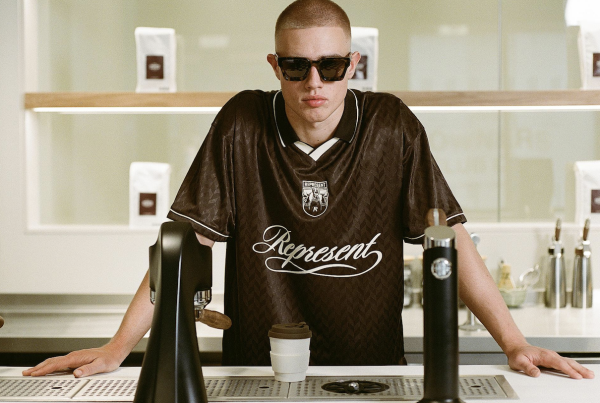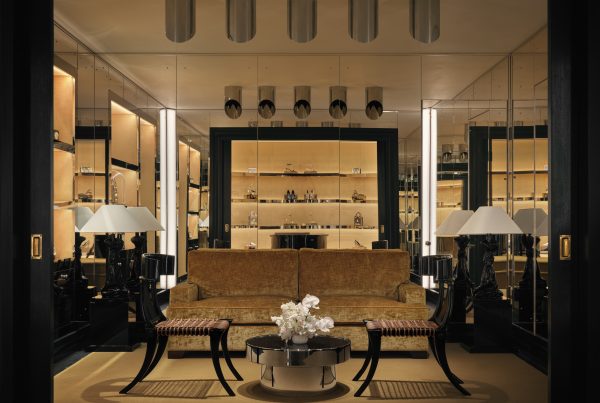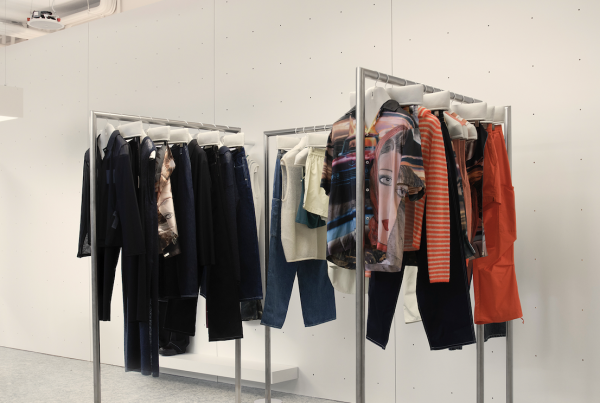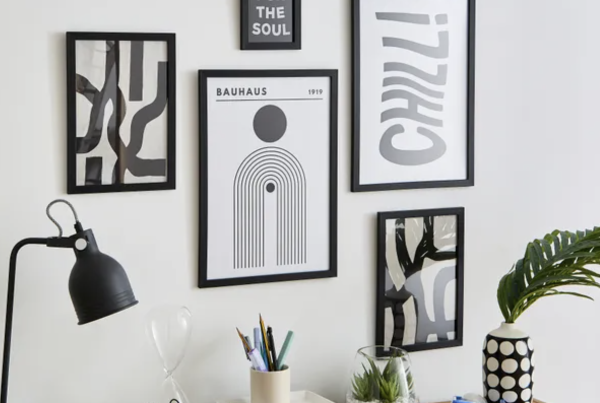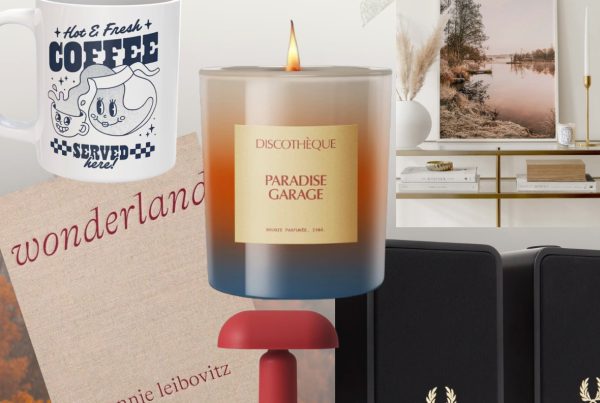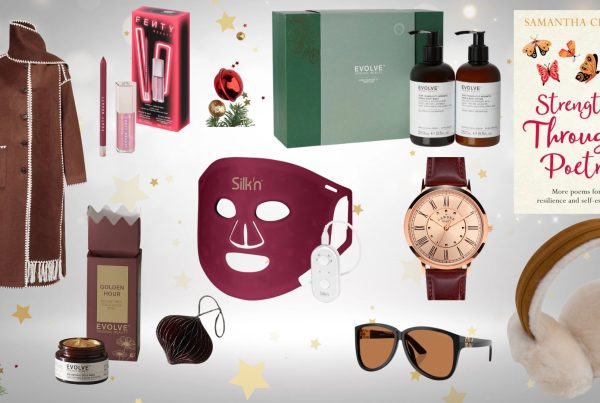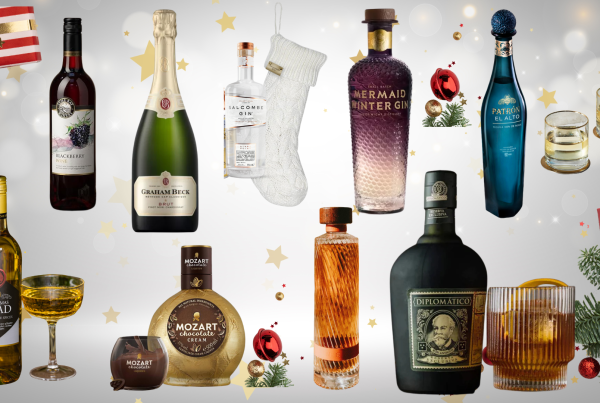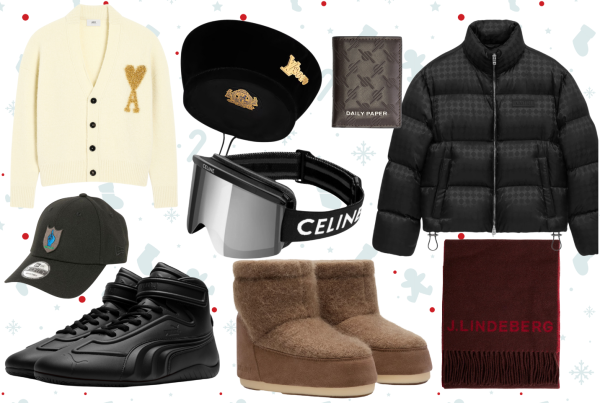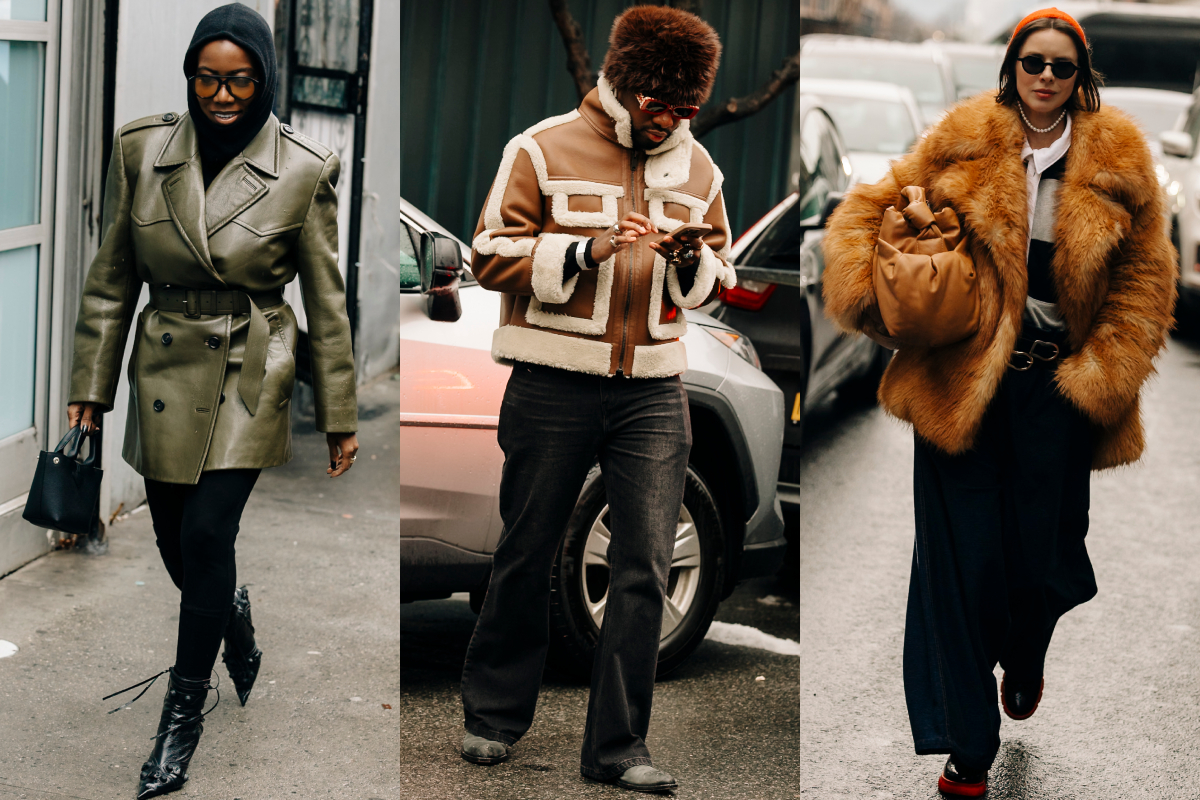Copenhagen Fashion Week Designer Interviews.
Copenhagen fashion is in the midst of an evolution—one that pushes beyond the minimalist, functional aesthetic typically associated with Scandinavian style. Over the past few years, Copenhagen Fashion Week has become a global hotspot for innovative, boundary-breaking fashion, blending sustainability, playfulness, and high-concept design.
For years, Scandinavian fashion was synonymous with clean lines, muted palettes, and practicality, but Copenhagen has been rewriting that narrative. Fashion houses like Han Kjobenhavn, Henrik Vibskov, Alis, Berner Kühl and CMMN SWDN, among others, have led the charge in bringing more vibrancy, maximalism, and avant-garde detailing to the scene – challenging traditional Nordic simplicity by incorporating elements like unexpected textures, exaggerated proportions, and a fearless approach to colour.
In the midst of this evolution, PAUSE immersed itself in Copenhagen Fashion Week’s Fall/Winter 2025 showcases, engaging with the visionaries redefining the future of Scandinavian fashion.
Han Kjøbenhavn
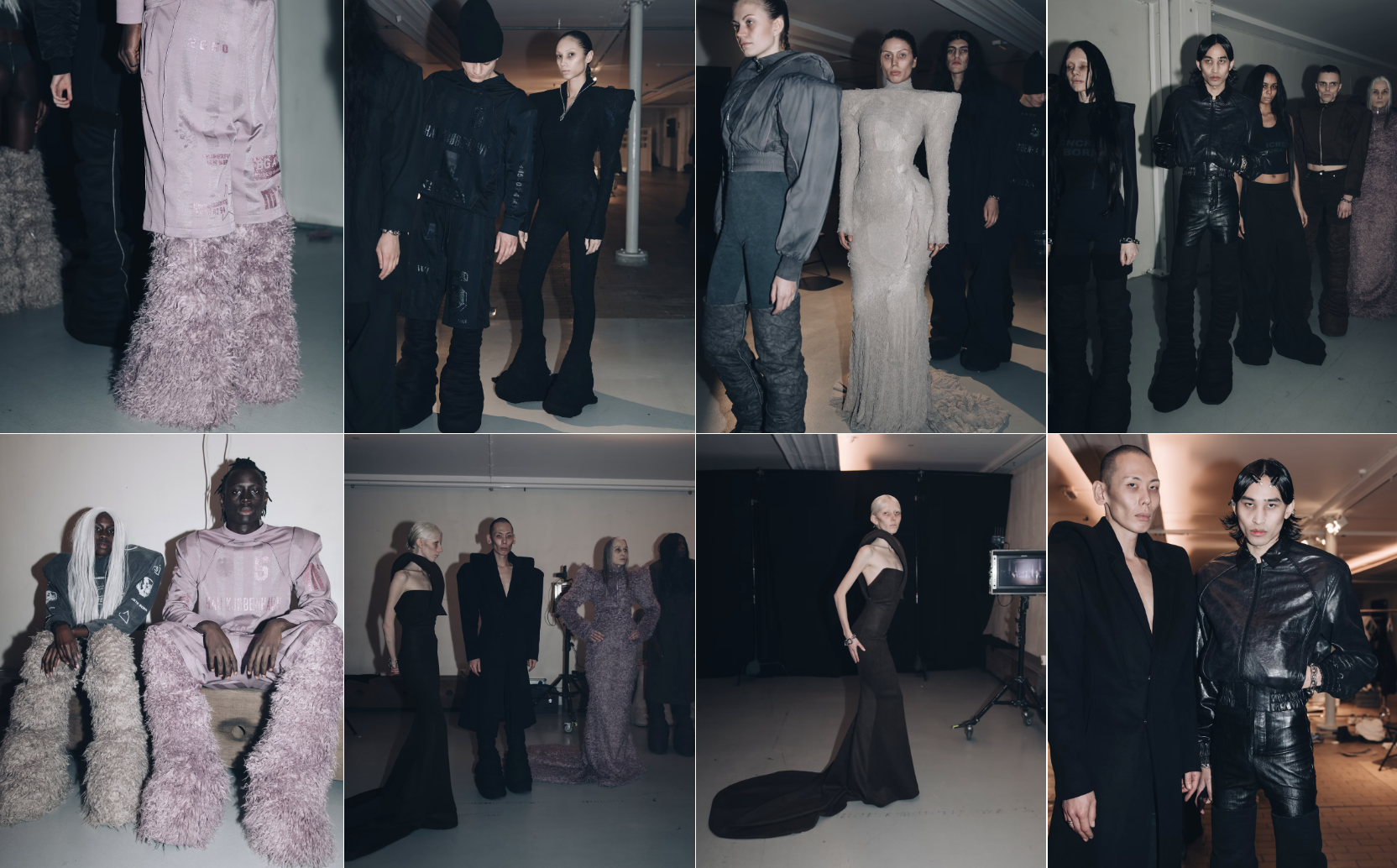
Can you share the vision you aim to bring to life for Fall/Winter 2025?
For me, everything we do follows our brand’s ongoing narrative—it’s a long story. Essentially, this collection is just a new chapter in the world we’ve already created.
Hopefully, you’ll see a collection that evokes emotion, pieces that makes you feel and instantly connects.
Beyond that, it’s also about ensuring that the characters in the show, the music, the textures, and the atmosphere we create all come together in a way that resonates on a higher level. It’s a delicate balance. Garments alone isn’t enough. The casting isn’t enough. The music isn’t enough. It’s the relationship between all these elements that creates something.
Copenhagen is renowned for seamlessly merging art, fashion, culture, and functionality. In what ways do the city’s rich culture and architectural landscape shape and inspire your designs?
This is an interesting question because the perception—and even the fairytale narrative—of Copenhagen is actually far from what Han Kjøbenhavn represents.
The way our culture has shaped Han Kjøbenhavn is not through architecture or specific design references. Denmark is a dark country – it’s windy, the rain, the fog. That raw texture is Han Kjøbenhavn. It’s not about the shape of a building; it’s about emotion.
Han Kjøbenhavn is the smell of the city, It’s the feeling of being here. That’s what defines us.
Copenhagen Fashion Week is known for creating trends that are both authentic and forward-thinking. How do you see its role in influencing Nordic fashion and shaping the global conversation around purposeful design and sustainability?
When it comes to sustainability, I believe that, as human beings, we have a fundamental responsibility – to act with integrity, to treat people well, and to take care of our surroundings. That should be a given; it’s basic hygiene.
Regarding Copenhagen’s influence, I think the city has sometimes been placed in a very specific bracket, which can be limiting. The common narrative presents Copenhagen as a very polished and defined entity, but in reality, there’s a lot more grit here. There are emerging designers, creatives, and artists who bring a rawness and a different voice – one that is often overlooked.
So, while I understand the question, my take is that Copenhagen has a more diverse and complex identity than how it is typically portrayed. My hope for the future is that this alternative voice and texture become a stronger part of how the city is perceived globally.
How do you see Scandinavian fashion evolving in the future?
Right now, I think a lot of people looking in from the outside see Scandinavian fashion as one-dimensional. Too many brands look alike. Many follow the same formula, tweak it slightly, and present it as something new.
I don’t like it. I think it’s uninspired.
I want to see is a more authentic voice emerging from Copenhagen—a future where Scandinavian fashion is not just a repetition of the same aesthetic, but a space for genuine innovation and evolution. I want the world to see a different side of Scandinavia, one that challenges the conventional image people have of us today. That’s what I hope for.
CMMN SWDN
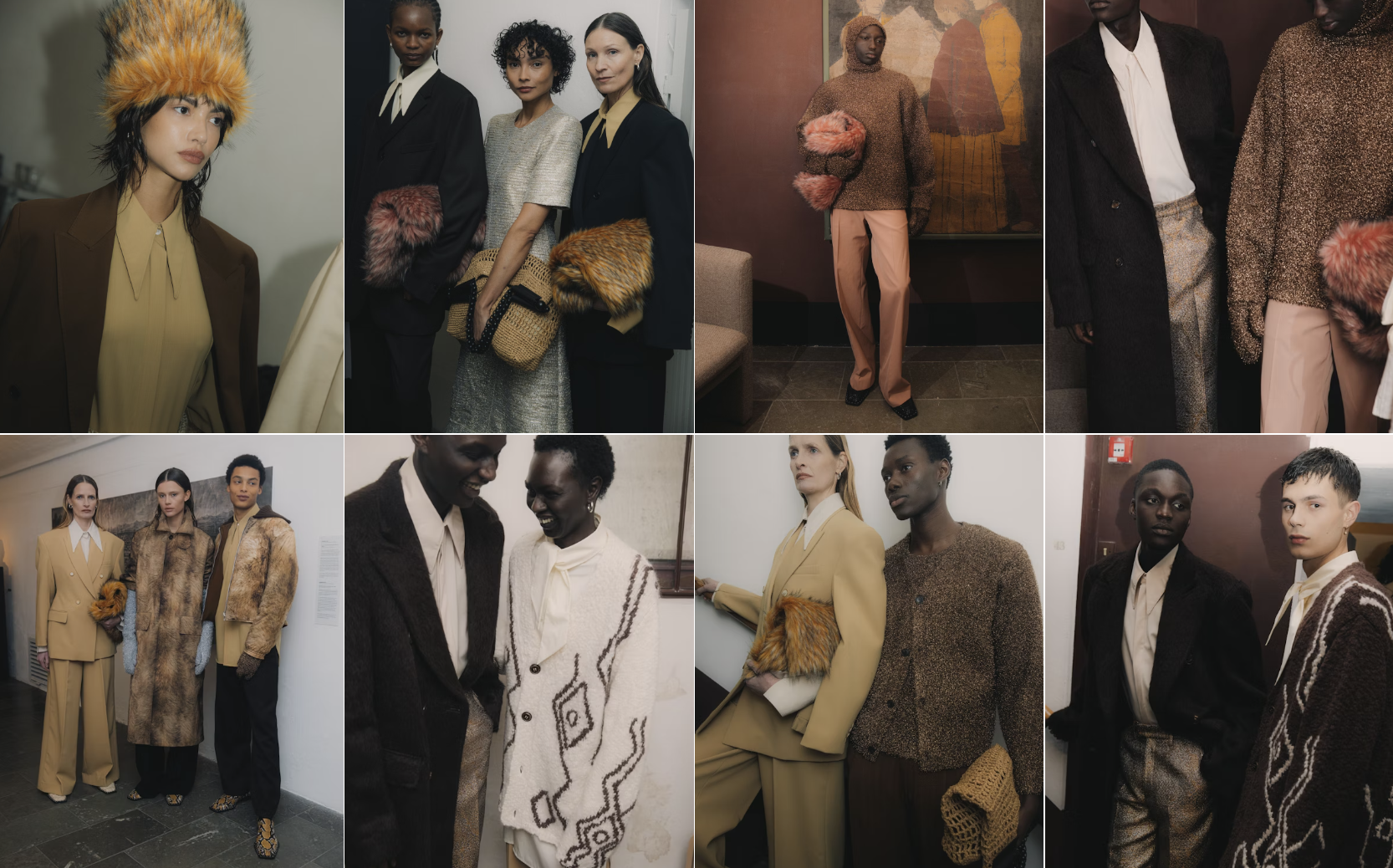
Can you share the vision you aim to bring to life for Fall/Winter 2025?
For Fall/Winter 2025, we set out to explore the tension and beauty of duality. Our collection, In Between Spaces, reflects our experience of navigating two distinct cultural heritages—Sweden and the Middle East. It captures the ambiguity and richness of living in transition, where tradition meets modernity, and identity is constantly redefined.
This season also marks a pivotal moment for us as we introduce our highly anticipated womenswear line. As husband and wife duo expanding into womenswear feels like a natural progression after a decade of redefining menswear. The collection embraces contrasts—hourglass blazers with sharp shoulders and nipped-in waists symbolize confidence and strength, while elongated shirts with scarf collars reference traditional Arabic clothing, adding layers of elegance. Bold pointed collars serve as a statement detail, nodding to classic tailoring with a sharp, graphic edge.
With In Between Spaces, we celebrate cultural fusion, migration, and the new identities that emerge from these intersections. Our vision is to create pieces that embody this duality—garments that are both deeply personal and universally resonant, while also expanding the CMMN SWDN design language into womenswear.
Copenhagen is renowned for seamlessly merging art, fashion, culture, and functionality. In what ways do the city’s rich culture and architectural landscape shape and inspire your designs?
Copenhagen’s ability to merge functionality with artistry resonates deeply with our design philosophy. The city’s clean architectural lines, innovative approach to urban spaces, and deep connection to sustainability have been influential. At the same time, Copenhagen’s multicultural essence mirrors the duality we explore in In Between Spaces. This cultural convergence inspires us to weave together Scandinavian minimalism with the intricate details and rich narratives of Middle Eastern heritage, creating designs that feel timeless yet distinctly rooted in cultural dialogue.
Copenhagen Fashion Week is known for creating trends that are both authentic and forward-thinking. How do you see its role in influencing Nordic fashion and shaping the global conversation around purposeful design and sustainability?
Copenhagen Fashion Week has become a global beacon for meaningful design, offering a platform where authenticity and sustainability lead the conversation. It challenges traditional fashion narratives by championing ethical practices while nurturing creativity that is both forward-thinking and grounded in purpose. For Nordic fashion, it’s a reminder that innovation and responsibility can coexist. This aligns closely with our ethos at CMMN SWDN, where each piece not only reflects a design story but is also made using sustainable practices. Copenhagen Fashion Week inspires a global dialogue that proves fashion can be both impactful and responsible.
How do you see Scandinavian fashion evolving in the future?
Scandinavian fashion is evolving toward a more inclusive and globally resonant expression. While it has long been synonymous with minimalism, functionality, and timeless design, the future lies in its ability to embrace cultural diversity and individual storytelling. As a brand rooted in both Scandinavia and the Middle East, we see this evolution as an opportunity to challenge the traditional Nordic aesthetic by introducing boldness, cultural richness, and narratives that reflect a more interconnected world. Scandinavian fashion will continue to lead in sustainability, but its ability to weave diverse perspectives into its DNA will redefine its global identity.
Alis

Copenhagen is renowned for seamlessly merging art, fashion, culture, and functionality. In what ways do the city’s rich culture and architectural landscape shape and inspire your designs?
Alis has always been for the people on the street, the local creative heroes, the musicians of tomorrow and all the kids who was hanging out and about on the corners – whether they were about skating or just socialising. And that sort of togetherness is definitely an energy we strive to bring forward and into events as well as making space for it through designs. We have for example just created our very first sneaker – and the design for this has been keep clean and subtle in order to create space for creative hacking on top it – and this we will do by inviting the local audience in to workshops and providing all the tools, pins and charms and let the creative and togetherness do it’s thing.
Copenhagen Fashion Week is known for creating trends that are both authentic and forward-thinking. How do you see its role in influencing Nordic fashion and shaping the global conversation around purposeful design and sustainability?
I definitely see it in the way that, what you’re saying shouldn’t be changed. And if should be anything, then it should be nurtured. I mean, I hope Scandinavian fashion will continue to be a driver for authenticity, forward thinking and a natural orientation towards mindful design. And I only believe that this will become way more of a signature of Scandinavian design ahead – as the industry is harvesting on knowledge and data from being out early in the process of seeing sustainability within many aspects of the creative industry. Secondly then I also start seeing a way more authentic curious way of dealing with sustainability and mindful product development than before, as now it’s not this element doesn’t feel anymore as an element you force in toy your business – but instead is has became an integrated and fundamental part of all of businesses who’s addressing the focus hero – in many different ways.
I’m not sure if I’m able to generalise Scandinavian fashion in to one thing, and then group an answer like that. But I sure hope that focus on sustainability will continue to grow as being a synonym for the region, as well as lots of new brands will be born out of the mindset of truly wanting to create something extraordinary without compromising – and extraordinary not necessarily visually speaking but more in terms of having a message to tell – whatever it might be.
Berner Kühl
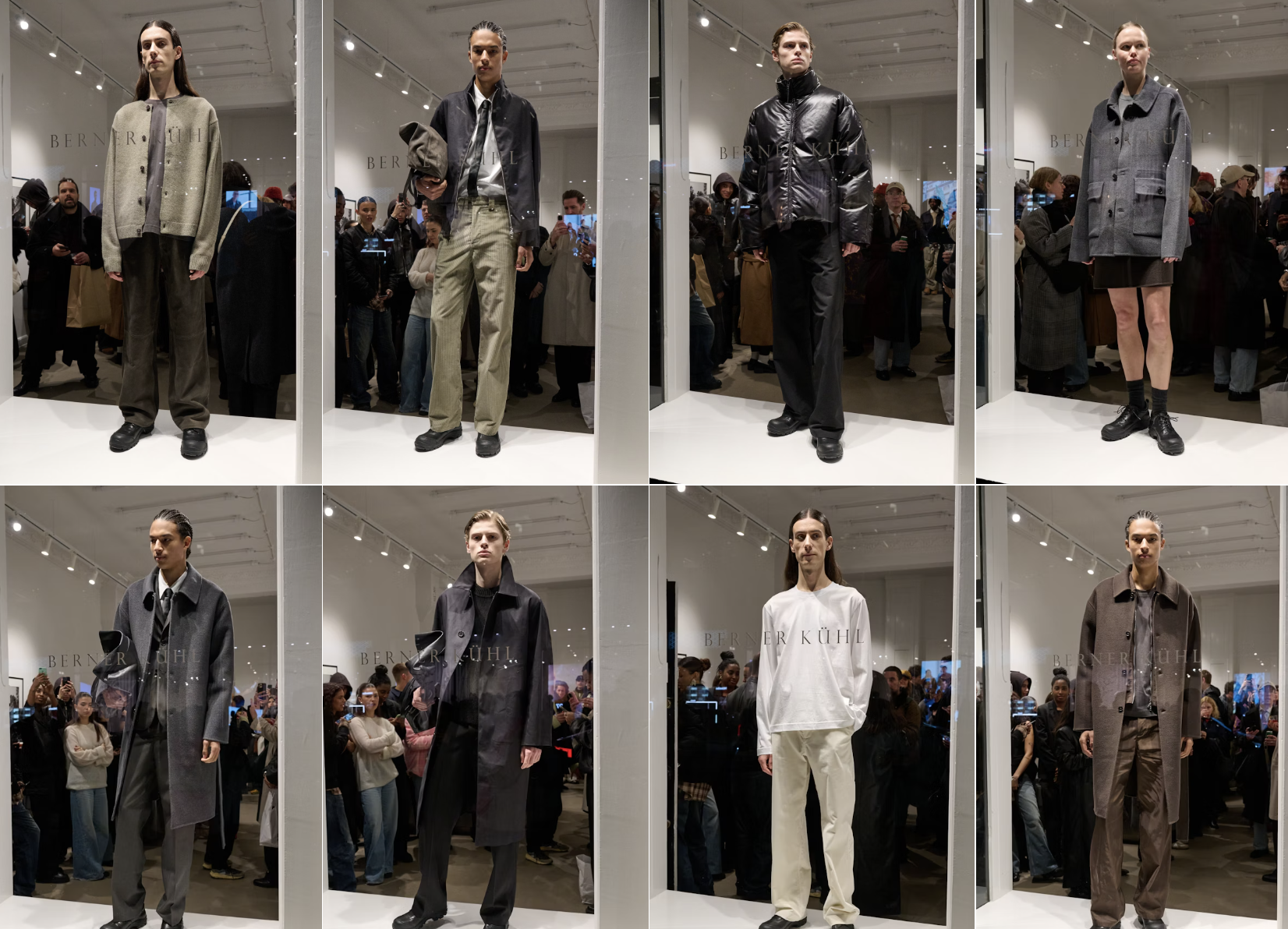
Can you share the vision you aim to bring to life for Fall/Winter 2025?
We called the collection Via Delle Campora. It’s the street I lived in, when studying my masters in Firenze. It’s very much in this location all the initial thoughts for Berner Kühl were born. And that’s what I wanted to revisit with this collection. Trying to be very pure and true to what I initially wanted. It’s focusing on old virtues like craftsmanship, tailoring, fabrications.
The look of the collection is inspired by a publicity photograph by Joseph Beuys in 1970. It’s a rack full of the same version of one of his famous felt suits. That’s how coherent I really wanted stuff to be when you see it on a rail. Everything goes together.
Copenhagen is renowned for seamlessly merging art, fashion, culture, and functionality. In what ways do the city’s rich culture and architectural landscape shape and inspire your designs?
It’s like you say. It’s a city where functionality comes into play within both fashion, culture, and architecture. Its easy but refined, sophisticated in its own way. Basically, words I would use to also describe what we try to do. Living in Copenhagen you are surrounded by great art, food, and architecture, which is always inspiring. Sometimes you forget to actually look, because you live in it every day.
Copenhagen Fashion Week is known for creating trends that are both authentic and forward-thinking. How do you see its role in influencing Nordic fashion and shaping the global conversation around purposeful design and sustainability?
Copenhagen Fashion Week has become a regional powerhouse, with an international audience, so it has a strong voice – having that, and actually using it, is something that defines both Copenhagen Fashion Week and the brands taking part.
How do you see Scandinavian fashion evolving in the future?
Scandinavian fashion has always been pretty consistent in broader terms, and I don’t see that changing anytime soon. The body of work is defined by strong mid-market brands, producing nice value for money products. However we are beginning to see smaller projects popping up to challenge the status quo, which is very refreshing. It is no easy feat to build a brand, we have seen that with a couple of closures the last year, but we must keep going. Its paramount to try and showcase new ideas. In the end, it is what pushes us forward, both in terms of design, and business.

